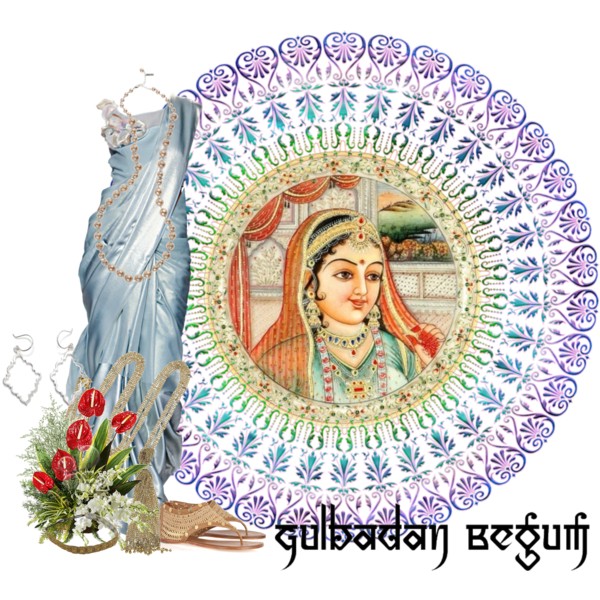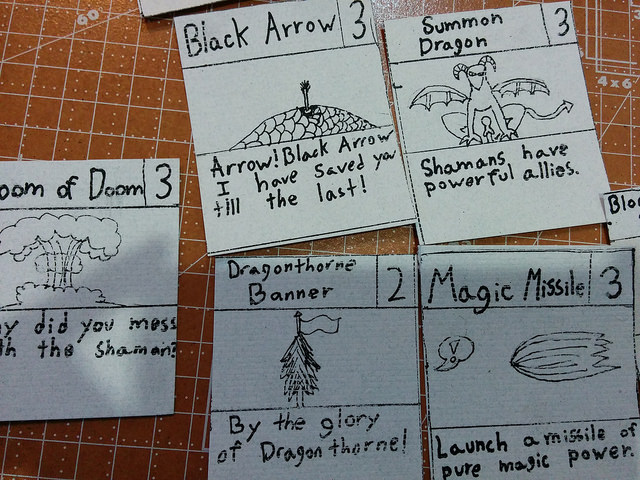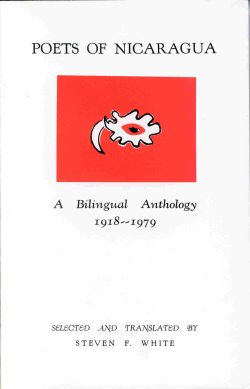I started reading Tamim Ansary’s Destiny Disrupted: A History of the World Through Islamic Eyes with Wikipedia in the other hand to get different perspectives on all the people Ansary mentions and the stories he tells about the history of Islam and various political figures. At some point this evening I got up to the Moghul Empire and while looking up Babur, felt very excited that his diary is famous. I love diaries and memoirs. While you can get a lot from an overview of history, it’s even better to go straight to some original texts. Well, to translations of them. There were a few versions listed online and on Amazon. I was hoping for a recent version for Kindle that would have decent footnotes and that might have left in any racy bits about crushing out on youths in the marketplace. But the only kindle version was from the turn of the last century. Translator Annette S. Beveridge. I bought it and interrupted my reading of Ansary to dive into the textual mind of Babur.
But first there is a 400 page history of Babur by Beveridge. She opens with a description of how Babur learned everything important from his mother Qut-luq-nigar who was well educated and accomplished. And from his grandmother Aisan-daulat and his older sister Khan-zada. About Khan-zada, Annette says tantalizingly, “Her life-story tempts, but is too long to tell; her girlish promise is seen fulfilled in Gul-badan’s pages.” As you can imagine, I immediately interrupt my reading of Beveridge’s introductory explanations of the important women in Babur’s life to look up all of them, Gul-badan, and Beveridge herself, promising myself that if Beveridge doesn’t have a Wikipedia page yet, she will soon.
She did have one and I scurried around adding some corrections to it (it left out that she translated the Baburnama… and she is mentioned in her husband’s article but incorrectly as a translator of Hindu rather than of Persian and Turki) and link-ifying her name elsewhere to point to her article. It turns out she also translated Gulbadan, Babur’s daughter and Akbar the great’s aunt, who wrote the biography of her brother Humayun (the Humayunama) including some of her own and her other relative’s histories.

From Annette’s gloriously boring 400 page preface to her translation of the Baburnama she is revealed as being extremely scholarly, at least it sounds like it! She compares different versions of the Baburnama and is very excited about the Haidarabad Codex.
I may interrupt this book and this blog post now to go read her translation of Gulbadan since in my mind this is basically a 16th century Princess Diary (even if she is writing about her brother).
If you know my interests in history and literature you’ll laugh, because this is so very right up my alley, it’s like catnip for me. (i.e. my projects like Building a Digital Feminary, or my anthology of translations of work by women poets) It will be very interesting to read Gulbadan’s thoughts and Annette’s layers of added meaning as she was a champion of women’s education and, well, at least their right to education (if not to suffrage) as she campaigned to found a women’s college, Hindu Mahila Vidyalaya (School for Hindu Women), later Banga Mahila Vidyalaya. I have no doubt there were hideous colonialist aspects to this, but I also liked reading about her struggles against sexist dudes who wanted to limit women’s education. What I mean though is that whatever mythos she was looking to construct of the elite womanhood of empire, that will likely be revealed in her framing of the Moghul royal women as educated, literary, and “civilizing” influences on the men of the ruling class.
Ansary’s history of the world centered on the Islamic world will be enhanced several layers more deeply by my following these threads of the shadows of the women who by the time it is hundreds of years later and halfway around the world in dusty books, are often left to unnamed roles or relegated to the footnotes. How nice it is to see their names, imagine their lives, and read their translated words. Even when we don’t know their names we know they were there and can work to add them into the dimensions of our mental landscape of history. For me, it is something like an absolute faith or belief — “you were there” and to read some writing like this is deeply validating. (for my own mythos, you might notice, which may be something like, “women can, and do, find each other’s work and make some kind of connection, and pay attention to each other, despite thousands of years of oppression which leads women to do otherwise, across time, cultures, and languages” so that even if I am embedded in the problems of imperialism and translation some form of resistance is there in the process or the result).
Meanwhle, yesterday was Ada’s birthday party, which we all worked a lot to make happen and make it interesting. It was a sort of role playing puzzle game or scavenger hunt in Glen Canyon park. The two teams of teenagers and children ran around the park for hours, guided by Ada and Milo, finding clues, translating the runes and unscrambling the words to give me and Danny (the guardian stone dragons of the hidden amulet) a passphrase. Then, a (confused and confusing, but great) battle between the two teams and the rebels, which was a combat card game a bit like Magic the Gathering, invented and designed by Ada and Milo and drawn by Ada. Puzzles by me, booklet and team badges designed by my sister Laura.

Today the children have been gaming and reading the monster manual all day, and they cooked chocolate chip pancakes for themselves and brought breakfast in bed to Danny, on a tray nicely set up with a bud vase with flowers from the garden. I think Milo may have been the cook and Ada the tray-fixer and flower-picker.
This, on the one morning I sneaked out to the cafe to translate. I am about 2/3 of the way through my raw rough draft of Carmen Berenguer‘s new book Mi Lai which should be published later this year or early next year by Cardboard House Press. It is an exciting book and I’ll have more to say about it soon.


